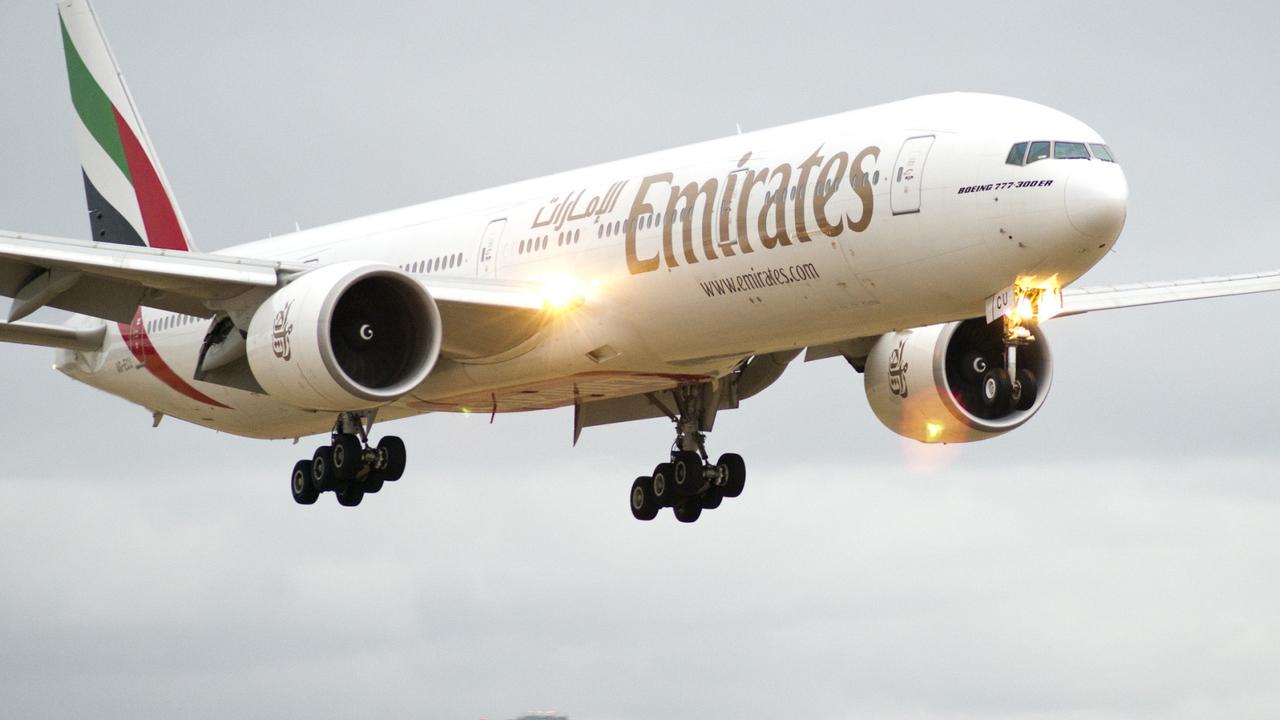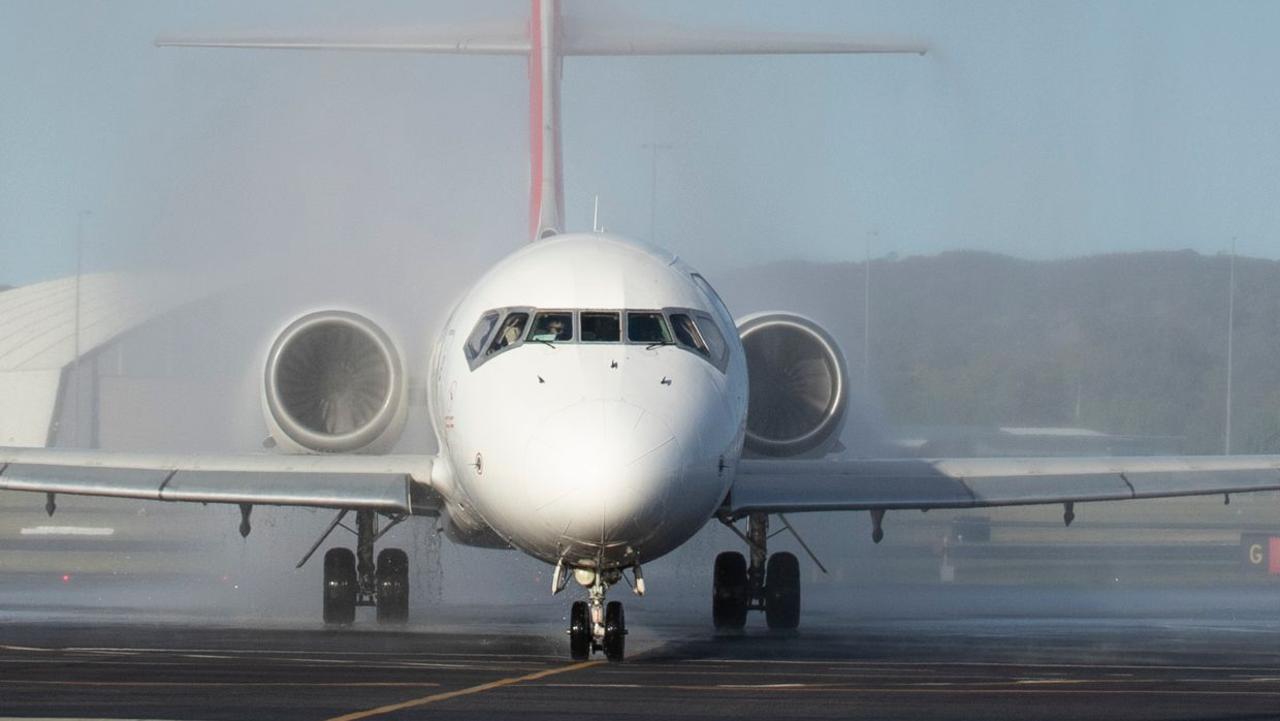Chinese airlines play ‘long term game’ in Australia as Qantas pulls out
Chinese airlines are making a big move in Australia as part of a “long term game” after Qantas scrapped a specific route amid low demand.

Another Chinese airline has locked in flights to Australia following Qantas scrapping its flights between the two countries because of low demand.
The Aussie national carrier only resumed its Sydney-Shanghai service in October last year but upon announcing its axing in May, Qantas International chief executive Cam Wallace said their planes were often half-full.
“Since Covid, the demand for travel between Australia and China has not recovered as strongly as expected,” he said.
But there is a reason Chinese airlines are still choosing to increase their flights.
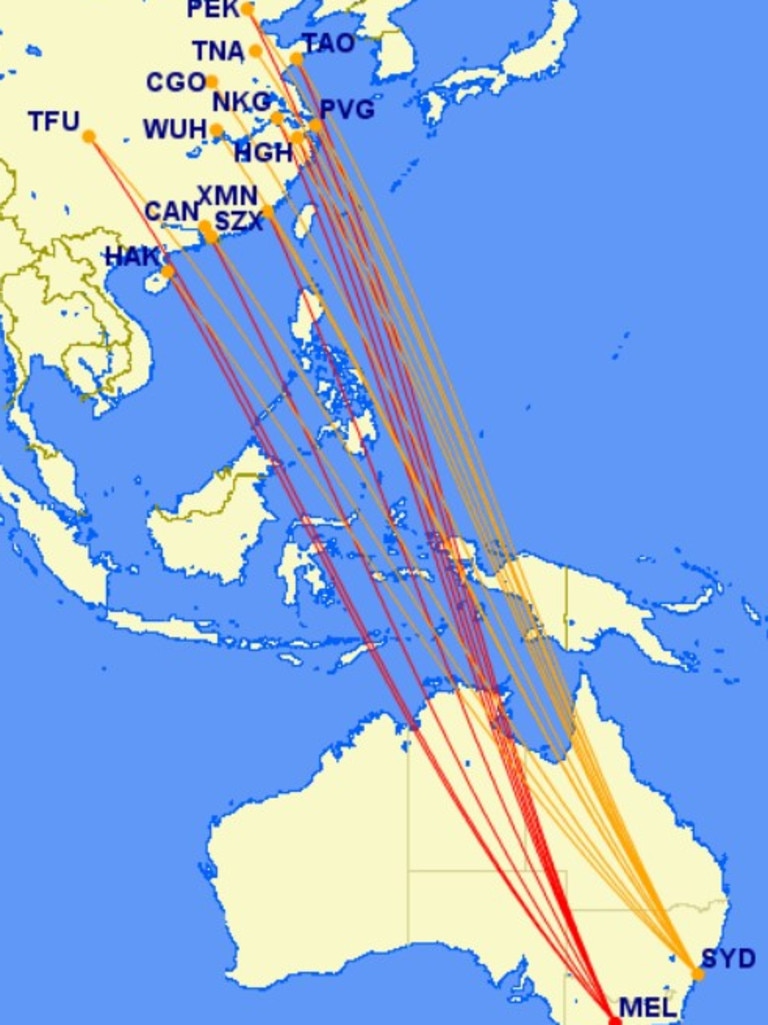
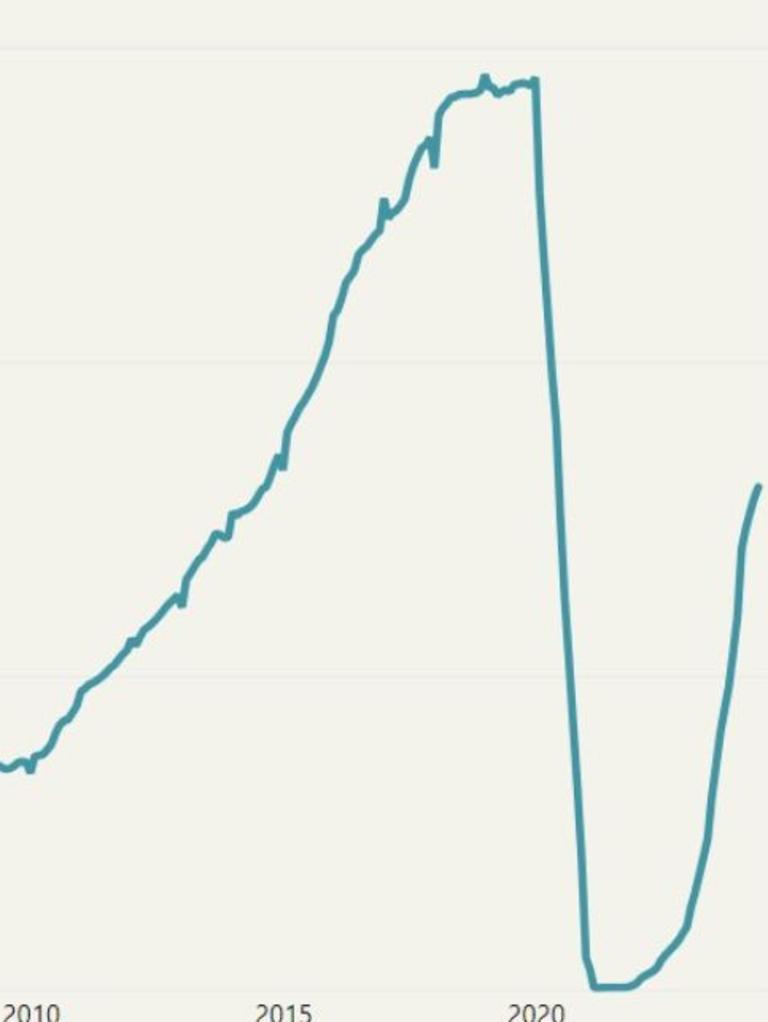
Juneyao Air, one of China’s leading privately-owned airlines, will launch direct flights between Sydney and Shanghai from December 17, and Melbourne and Shanghai from December 19 – becoming the ninth Chinese carrier operating to Australia.
It will be the first time the airline will have flown to Australia and puts both Melbourne Airport and Sydney Airport’s mainland Chinese seat capacity above pre-pandemic levels.
“Choosing Melbourne as their first Australian destination is an incredible vote of confidence in Victoria, and Juneyao Airlines’ quality service and extra cargo capacity will help further strengthen ties with China,” Melbourne Airport CEO Lorie Argus had said on Monday before Sydney Airport made its own announcement on Thursday.
Sydney Airport CEO Scott Charlton said they were the “home of Chinese airlines in Australia” and the new airline will give mainland China “unprecedented choice and convenience when travelling to Sydney”.
Tourism and Transport Forum CEO Margy Osmond told news.com.au it was a sign things were looking up for inbound travel from China.
“The tourism sector has been significantly impacted by Chinese visitors returning more slowly to Australia than we’d hoped,” she said.
The loss of Chinese travellers is of particular concern because of how much they spend when visiting Australia. In the 2019 calendar year, Chinese visitors spent an average of $9336 per trip amounting to $12.4 billion.

The latest figures from the Australian Bureau of Statistics show Chinese visitor numbers were at 69 per cent of pre-pandemic levels in June this year, compared with June 2019.
“China is now our second largest source market for visitors, behind New Zealand,” Ms Ormond said.
“We’re hopeful these new flights will help bring more Chinese visitors to Australia, which we’d love to see return closer to pre-pandemic levels to support the tourism industry and the many Australians the sector employs.
“We need to increase aviation capacity as much as we can to encourage travel between our two countries, which has been further supported by the recent changes allowing 15 day, visa-fee travel for Australians heading to China.”
At the time Qantas announced its withdrawal from mainland China, the latest data from the ABS was for March and showed Chinese short-term visitor arrivals were only at 47 per cent of pre-Covid levels, when comparing with March 2019.
Australian Travel Industry Association chief executive Dean Long said Chinese carriers were willing to fly to Australia even if their planes weren’t packed.
“At the moment they’re willing to run those lower load factors for the maintenance of their slots, and also they know it’s a long term game to build knowledge and awareness of product and brand,” he told The Australian.
“They need to be able to run more regularly and build trust in the Australian public that they’re going to continue to fly.”
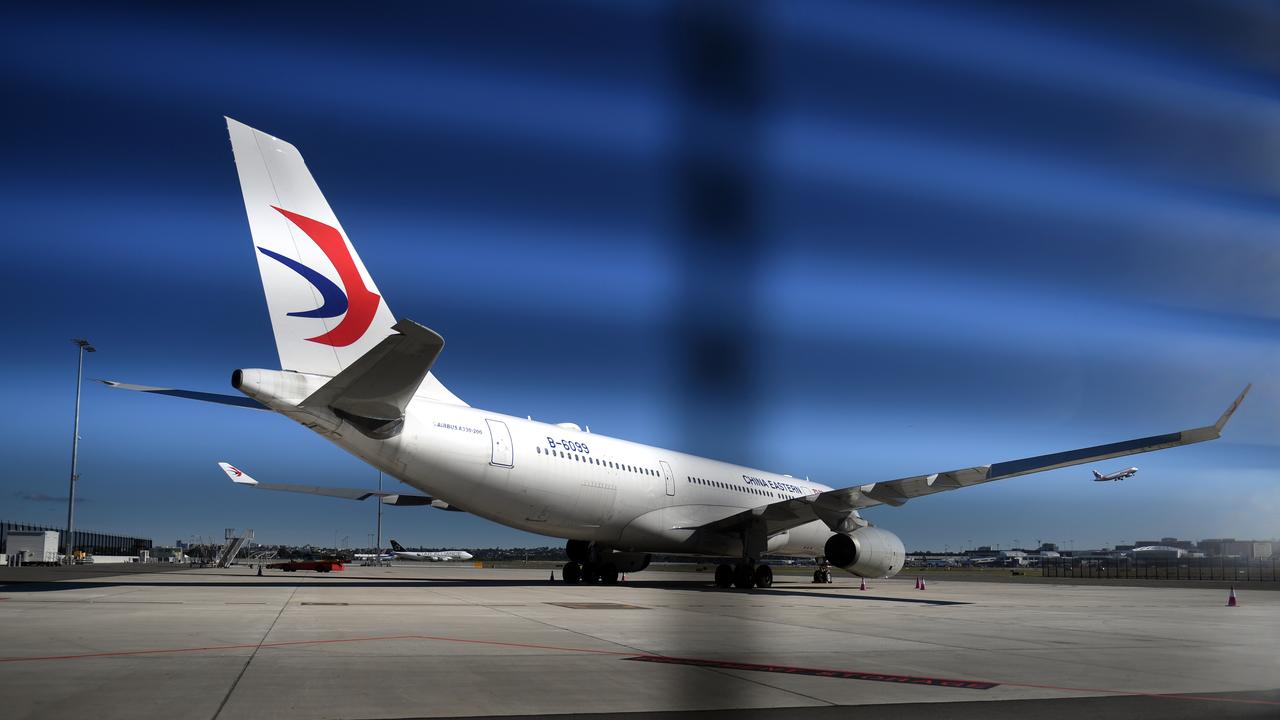
Aussies get visa-free travel to China
As for Australian residents travelling to China, the latest data shows those numbers are at 79 per cent of pre-Covid levels for June 2024, compared with June 2019.
About a month after Qantas announced it was scrapping its route, China announced it would allow Australians to visit for 15 days visa-free from July 1, saving them $110.
In the weeks after the announcement on June 18, Skyscanner revealed a spike in searches for flights to China.
There was a 21 per cent increase in Aussies searching for flights to Shanghai the week of announcement compared to the previous week, a 20 per cent spike for flights to Guangzhou, and a 15 per cent spike for Beijing.
Searches remained high throughout the rest of June and July.
Searches in July from Australia to Shanghai and Beijing were at the highest volume of all searches by Aussies this year, Skyscanner said.
On June 29, Melbourne Airport welcomed China Eastern Airlines’ inaugural flight from Nanjing to Melbourne. It meant the airline is now operating three more flights a week than prior to the pandemic.
Melbourne Airport chief of aviation Jim Parashos acknowledged the Chinese market had been slow to recover but the state was finally “seeing green shoots”.
“China is such a critical market for Melbourne Airport and for the state: a daily international flight from China to Melbourne brings in more than $150 million for the Victorian economy,” he said.




